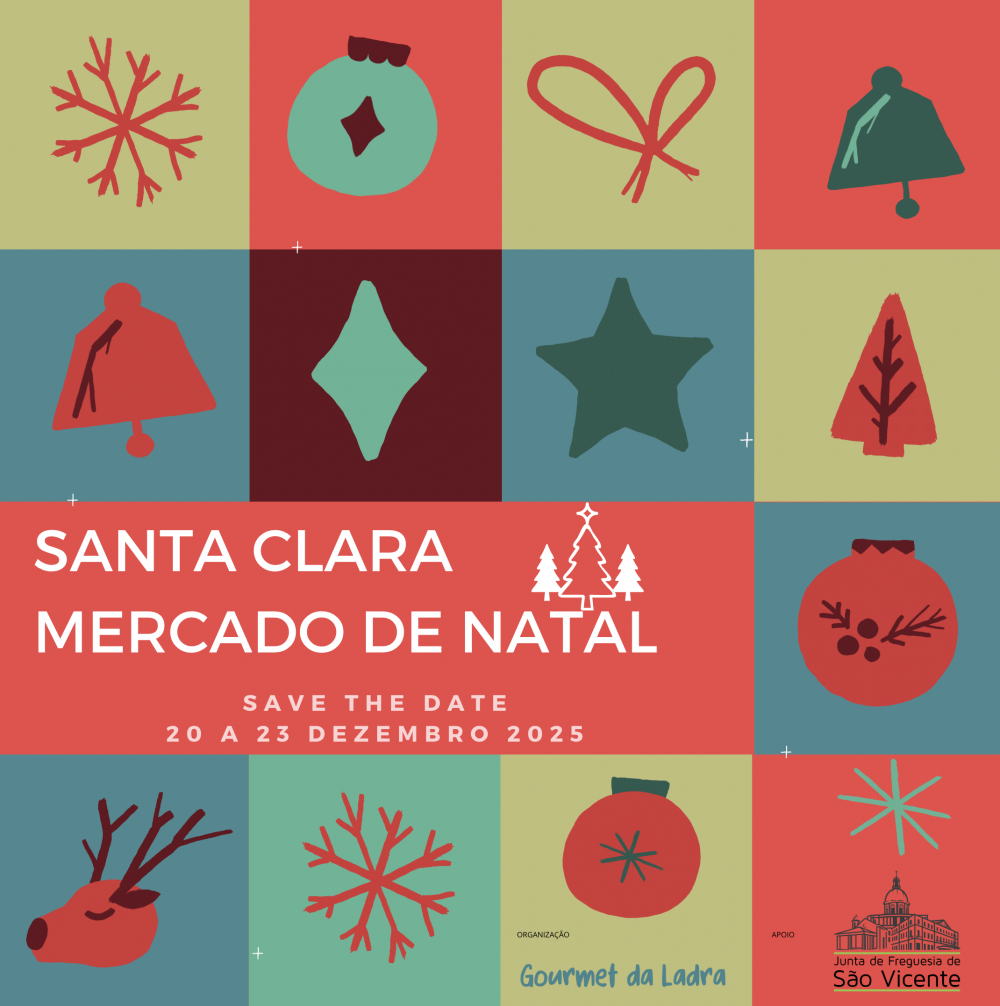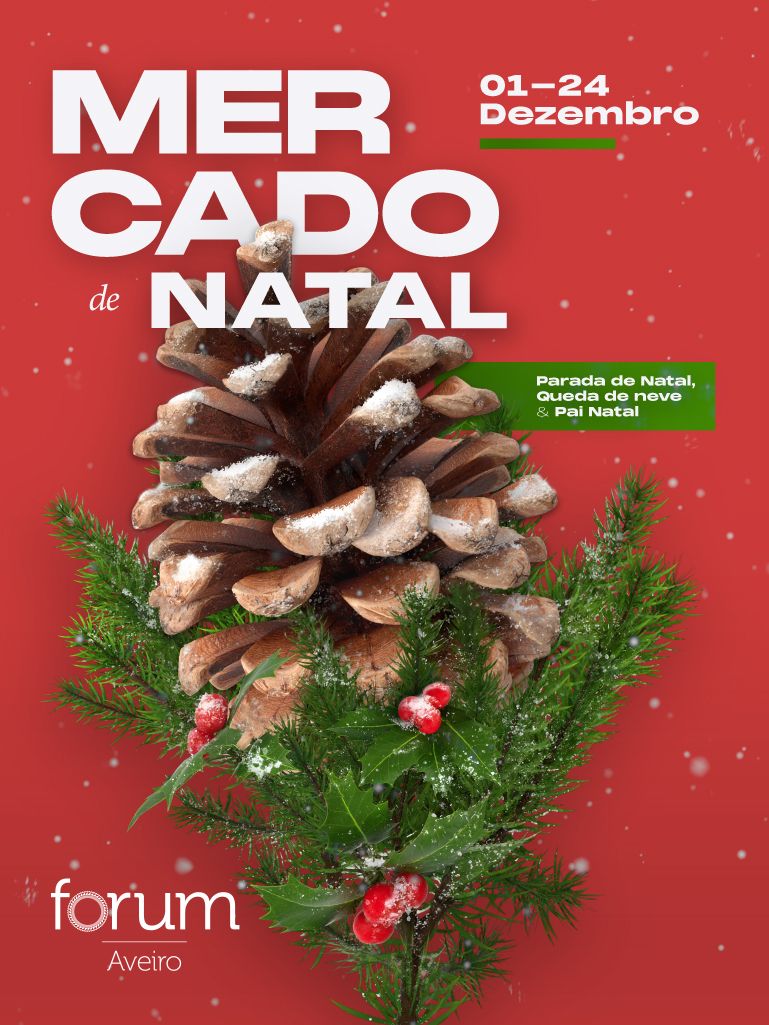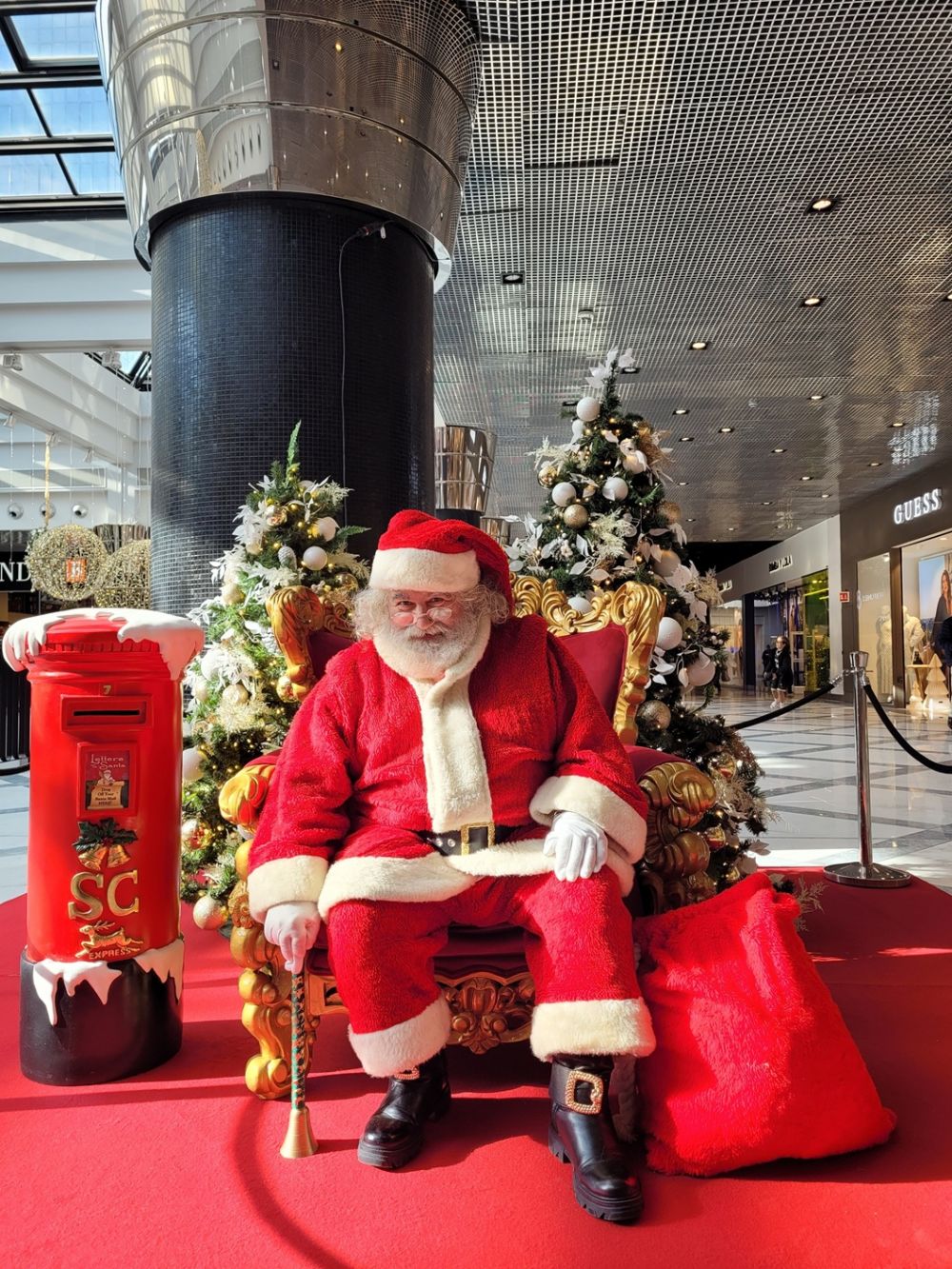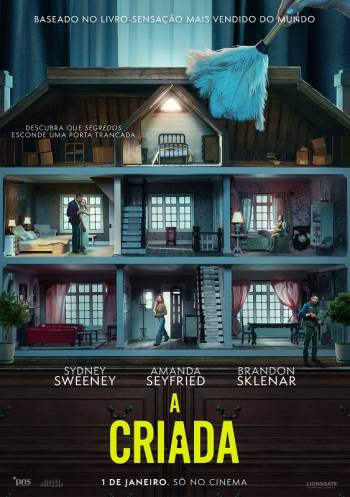Obras de referência da cultura portuguesa
"ENTRADA"
de Amadeo de Souza-Cardoso (1917)
Centro de Arte Moderna José de Azeredo Perdigão - Fundação Calouste Gulbenkian, Lisboa
Análise de Rui-Mário Gonçalves
Tradução de Paul Bernard
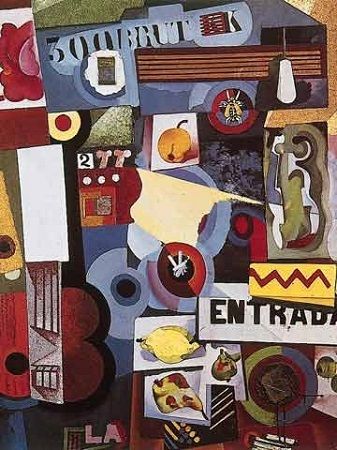
Esta pintura cubo-futurista, inicialmente sem título, passou geralmente a ser designada por “Entrada”, porque nela está inscrita essa palavra, provavelmente extraída de uma sinalética da praça de touros. O impacto imediato desta pintura é em grande parte consequência da conjugação do máximo de energia das formas com o máximo de energia das cores. Na sua globalidade, a composição exalta a alegria, convocando todos os sentidos e consequentes sinestesias: olfato (flores, frutos, marca de perfume BRUT 300), paladar (frutos, BRUT, que era também marca de um vinho espumante), audição (viola, violino), tato (diferenciação das matérias colorantes, lisas ou ásperas, finas ou espessas, colagens), visão (contrastes de cores e de formas, colagens de vidros e de espelhos). Os objetos representados são selecionados entre os mais banais, porque o cubismo está principalmente interessado em organizar uma nova sintaxe e não um novo vocabulário. Essa nova sintaxe vem trazer um valor novo à pintura: a ritmicidade, sugerida por meios estritamente pictóricos, repetindo, ao longo da superfície do suporte, círculos, rectângulos e outras formas elementares da geometria, abstratamente, pouco importando o que essas formas possam representar. Por exemplo: o redondo do buraco da viola repete-se nos centros dos alvos, como se se tratasse de rimas plásticas.
Predominam os planos frontais, que tendem a confundir-se com o plano físico da tela. Assim, a concentração do olhar na superfície real do suporte nunca é perturbada por qualquer sugestão de profundidade. A verdade física da pintura desafia e resiste ao olhar mais enérgico.
Vivendo em Paris, desde 1906 a 1914, Amadeo apreendeu em 1910 o cromatismo tímbrico característico da modernidade pós-impressionista e interessou-se pela pintura pré-renascentista. A partir de 1912, observando as pinturas dos futuristas italianos, tomou consciência do dinamismo alcançado pelas formas geometrizadas. Ele foi talvez o primeiro pintor do mundo a realizar pinturas abstrato-geométricas, em 1912-1913. Tal como Robert Delaunay (1885-1941), utilizou as formas circulares para ajudar a concentrar o olhar em certos conjuntos de cores puras. Mas enquanto o pintor francês procurou que esses discos aparecessem como halos luminosos, de efeito impressionístico puramente visual, Amadeo preferiu referir objetos tangíveis, como os alvos. No centro de cada um destes, a mouche, ou um espelho… Esta tactilidade, assim como o seu lirismo figurativo, intensificou-se em Portugal, desde 1916, com a assimilação de elementos da expressão cromática popular.
ENTRANCE (1917) by AMADEO DE SOUZA-CARDOSO
The José de Azeredo Perdigão Modern Art Centre - Calouste Gulbenkian Foundation, Lisbon
This cubist-futurist painting, initially untitled, began to be generally referred to as Entrada because this word is inscribed in it, probably being taken from a sign at the bullring. The immediate impact of this painting is in large part a consequence of the combining of the maximum of energy of the forms with the maximum of energy of the colours. In its entirety the composition exalts happiness, inviting all the senses and consequent synethesia: smell (flowers, fruit, BRUT 300); taste (fruit, BRUT, which was also the brand of a sparkling wine); hearing (guitar, violin); touch (differentiation of the colouring materials, smooth or rough, fine or thick, collages); sight (contrast of colours and forms, collages of glass and mirrors). The objects represented are selected from amongst the most banal, because cubism is mainly interested in organising a new syntax and not a new vocabulary. This new syntax would bring a new value to the painting: the rhythmic quality, suggested through strictly pictorial means, repeating along the surface of the support, circles, rectangles and other elementary geometrical forms, abstractly, with little importance attached to what these forms might represent. For example the roundness of the hole of sight is repeated in the target centres, as if plastic rhymes.
The frontal planes predominate, tending to confuse themselves with the physical plane of the canvass. Thus, the concentration of one’s gaze at the real surface of the support is never perturbed by any suggestion of depth. The physical truth of the painting challenges and resists the most energetic gaze.
Living in Paris from 1906 to 1914 Amadeo learned, in 1910, the timbric chromatics characteristic of the post-impressionist modernity and interested himself in pre-renaissance painting. As of 1912, in observing the paintings of the Italian futurists, he became aware of the dynamism achieved by geometricised forms. He was perhaps the world’s first painter to undertake abstract geometric paintings, in 1912-1913. Like Robert Delauney (1885-1941), he utilised circular forms to help concentrate the eye onto certain combinations of pure colour. But whilst the French painter wished these discs to appear like luminous halos, with a purely visual impressionistic effect, Amadeo preferred a reference to tangible objects such as the targets. In the centre of each of these, a mouche or a mirror… This tactile quality, together with his figurative lyricism, intensified in Portugal, as of 1916, with the assimilation of elements of popular chromatic expression.
Obras de Referência da Cultura Portuguesa
projeto desenvolvido pelo Centro Nacional de Cultura
com o apoio do Ministério da Cultura

 Divulgue aqui os seus eventos
Divulgue aqui os seus eventos
